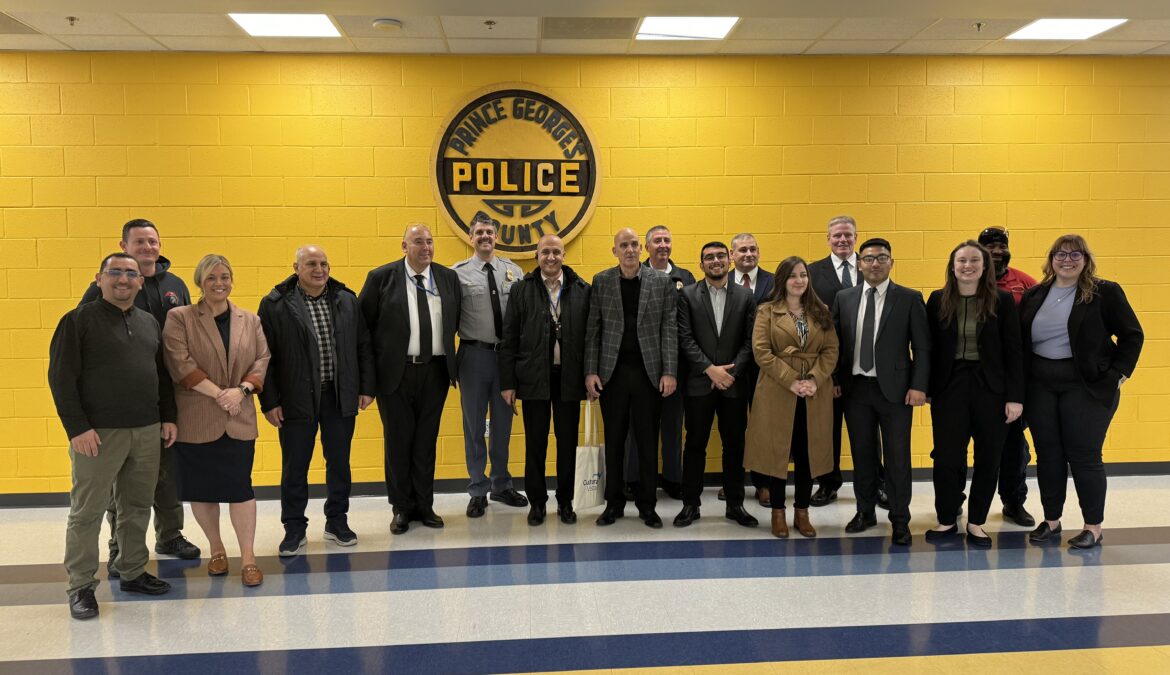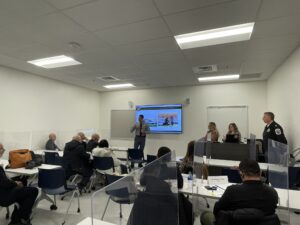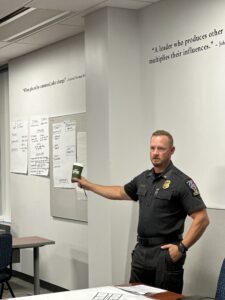The Maryland-National Capital Region Emergency Response System (MDERS) provides its member organizations with the services to develop comprehensive emergency response capabilities. This includes dissecting a problem statement, developing a desired outcome state, and reverse engineering. The result is a full set of plans, organizations, equipment, trainings, and exercises that address the entire need. The case below highlights the benefits received from the MDERS methodology to address local needs.

Members of the Montgomery County Fire and Rescue Service (MCFRS), Montgomery County Police Department (MCPD), Prince George’s County Fire/EMS Department (PGFD), Prince George’s County Police Department (PGPD). And Maryland ERS (MDERS) conducted a needs assessment to evaluate capabilities for off-road response to routine and large-scale events. The team focused on after-action reports and incidents from all departments. That report identified a set of gaps that included policy development, equipment needs, and training requirements. Working with local leaders, MDERS received an allocation from the Urban Area Security Initiative to address those needs.
All departments developed a policy to address the technical rescue operations. Operational personnel completed training on the Utility Terrain Vehicle (UTV). All vehicles, equipment, and training were purchased using Urban Area Security Initiative (UASI) funds to address gaps in response, rescue, and evacuation of casualties from a terrorist incident, while also recognizing the dual-use for routine emergency operations for each department. Montgomery and Prince George’s County police and fire departments received a combination of 17 units with equipment and removable skids.

Training for vehicle operation requires two full days of hands-on instruction by staff in challenging remote locations. All personnel were required to complete online training and driving courses. The course is designed to provide the vehicle operator the knowledge and experience for trailer connection, operations, and maintenance. Personnel complete twelve hours of driving preparation, skills practice, and written evaluation. This capability offers first responders a rapid response platform to deliver personnel, medical equipment, and patient transport access to remote areas.
The MCFRS and PGFD assigned these assets to various stations. The police department’s assigned these vehicles to their Special Operations Sections. Each UTV is stored in a weather-protected trailer with supporting supplies for quick deployment. Each department secured funds to allocate support vehicles to tow the trailers, establish facility upgrades for the electrical power source to charge all equipment, and to provide designated interior storage space. This cooperative arrangement provides the community of Montgomery and Prince George’s County the resources necessary to respond to an emergency incident, even in austere terrain.

Each UTV provides seating to deliver four personnel to the scene of an off road or remote incident. The frame design allows easy configuration changes for load carry, emergency medical service response, and protected patient transport. Designed as an off road vehicle, the frame is lightweight, extremely durable, and equipped with a winch capable of moving 3,000 pounds. Lighting for the vehicle is provided by an energy efficient LED mounted system. These features provide safety benefits to the rescuers, patients, and bystanders.

The Maryland-National Capital Region Emergency Response System (MDERS) is a federally-funded grant program administered by MIEMSS. Please contact Mike McAdams, Planning & Organization Program Manager, at michael.mcadams@maryland.gov for additional information.
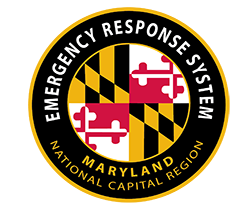

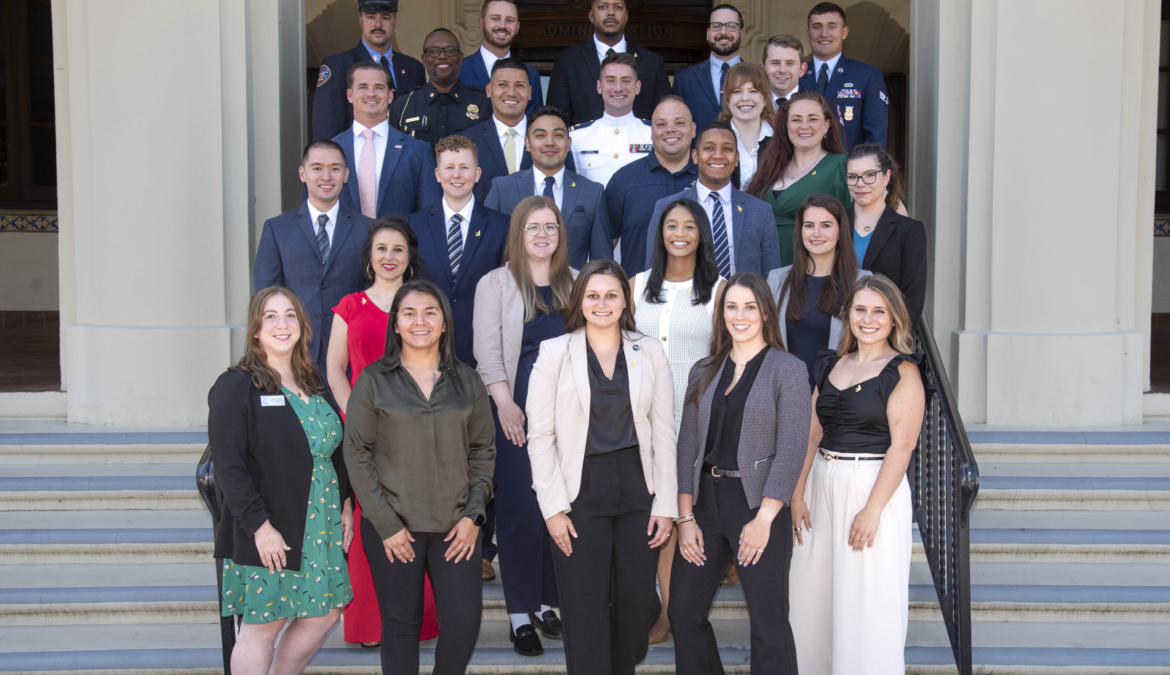






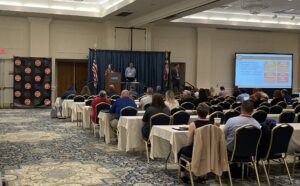 This program prepositions sUAS platforms, commonly known as drones, to provide rapid situational assessments to emergency calls in Silver Spring. The presenters highlighted the program’s achievements in tracking suspects involved in various crimes and outlined the financial costs, operational logistics, data collection, and transparency efforts required for sustaining the program. Due to its success, MCPD plans to expand the DFR program to several other locations in the county.
This program prepositions sUAS platforms, commonly known as drones, to provide rapid situational assessments to emergency calls in Silver Spring. The presenters highlighted the program’s achievements in tracking suspects involved in various crimes and outlined the financial costs, operational logistics, data collection, and transparency efforts required for sustaining the program. Due to its success, MCPD plans to expand the DFR program to several other locations in the county.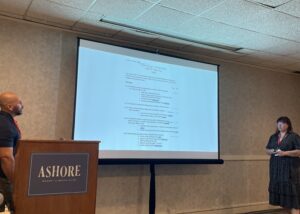


 child and sex trafficking crimes. The presenters, Sergeant Greg Flores and Detective Julia Tafesh of the Las Vegas Metropolitan Police Department (LVMPD), discussed proactive investigation strategies implemented to arrest offenders and innovative approaches to reduce violent crimes associated with human trafficking. During the 2023 Formula 1 and Super Bowl, the pair analyzed how LVMPD’s tactical investigation methods have contributed to a significant number of arrests and recovery of victims.
child and sex trafficking crimes. The presenters, Sergeant Greg Flores and Detective Julia Tafesh of the Las Vegas Metropolitan Police Department (LVMPD), discussed proactive investigation strategies implemented to arrest offenders and innovative approaches to reduce violent crimes associated with human trafficking. During the 2023 Formula 1 and Super Bowl, the pair analyzed how LVMPD’s tactical investigation methods have contributed to a significant number of arrests and recovery of victims. devastating impact of the wildfires. The panelists explored how MD-TF1 performed large-scale searches of collapsed structures and vehicles to identify missing persons, recover valuables, and investigate loss of life. The MD-FT1 was equipped with an experienced medical team consisting of physicians and paramedics who treated life-threatening injuries and illnesses caused by the wildfires. While operating for seven days to mitigate the impact of the wildfires, the panelist emphasized the importance of mental health treatment and peer support to help incident personnel transition back into their daily roles.
devastating impact of the wildfires. The panelists explored how MD-TF1 performed large-scale searches of collapsed structures and vehicles to identify missing persons, recover valuables, and investigate loss of life. The MD-FT1 was equipped with an experienced medical team consisting of physicians and paramedics who treated life-threatening injuries and illnesses caused by the wildfires. While operating for seven days to mitigate the impact of the wildfires, the panelist emphasized the importance of mental health treatment and peer support to help incident personnel transition back into their daily roles.
 During the response phase, participants discussed a variety of initial actions that involved the activation of the Emergency Operations Center (EOC), preparing Hazardous Materials (HAZMAT) operations, contacting poison control personnel, and deploying decontamination equipment to establish the immediate removal of contaminants. Considering the large acute exposure, participants reviewed real-time information sharing capabilities between hospitals and response partners particularly due to requesting specialized EMS transportation resources and disseminating critical incident information. In preparation for treating an influx of patients, these response activities set the foundation for ongoing healthcare coordination.
During the response phase, participants discussed a variety of initial actions that involved the activation of the Emergency Operations Center (EOC), preparing Hazardous Materials (HAZMAT) operations, contacting poison control personnel, and deploying decontamination equipment to establish the immediate removal of contaminants. Considering the large acute exposure, participants reviewed real-time information sharing capabilities between hospitals and response partners particularly due to requesting specialized EMS transportation resources and disseminating critical incident information. In preparation for treating an influx of patients, these response activities set the foundation for ongoing healthcare coordination.




 during an active assailant incident. This exercise will help bolster the response capabilities for each discipline to respond to an active assailant incident in a medical setting.
during an active assailant incident. This exercise will help bolster the response capabilities for each discipline to respond to an active assailant incident in a medical setting.
